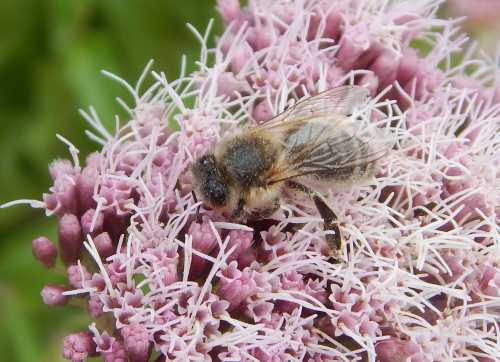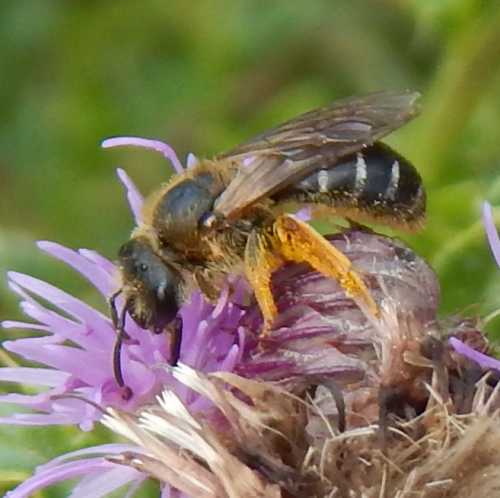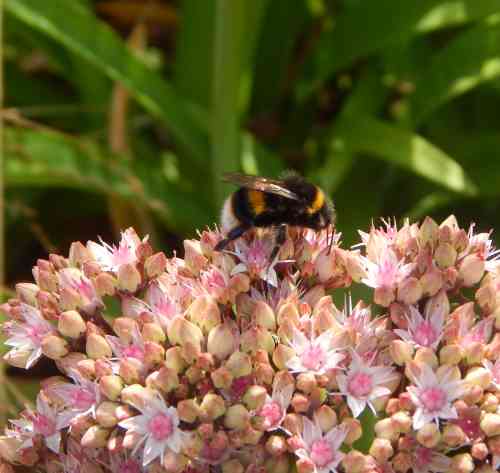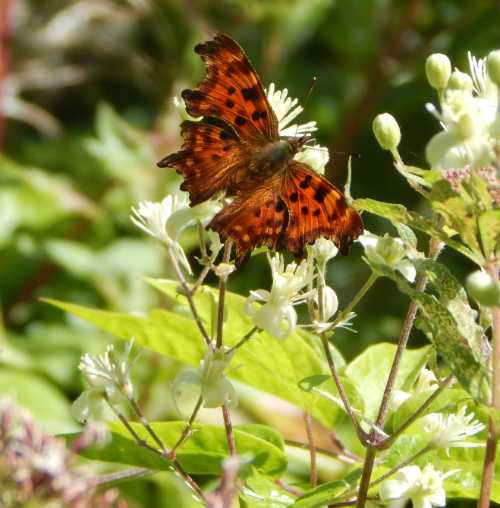Wind Pollination
Wind pollinated plants are specially adapted to enable pollination to occur without the assistance of insects or animals.
What is wind pollination?
Wind pollination (also called 'Anemophily') describes the process of the transfer of pollen from one individual plant to another, whereby the pollen is carried by air currents. Below is a diagram of a wind pollinated flower.
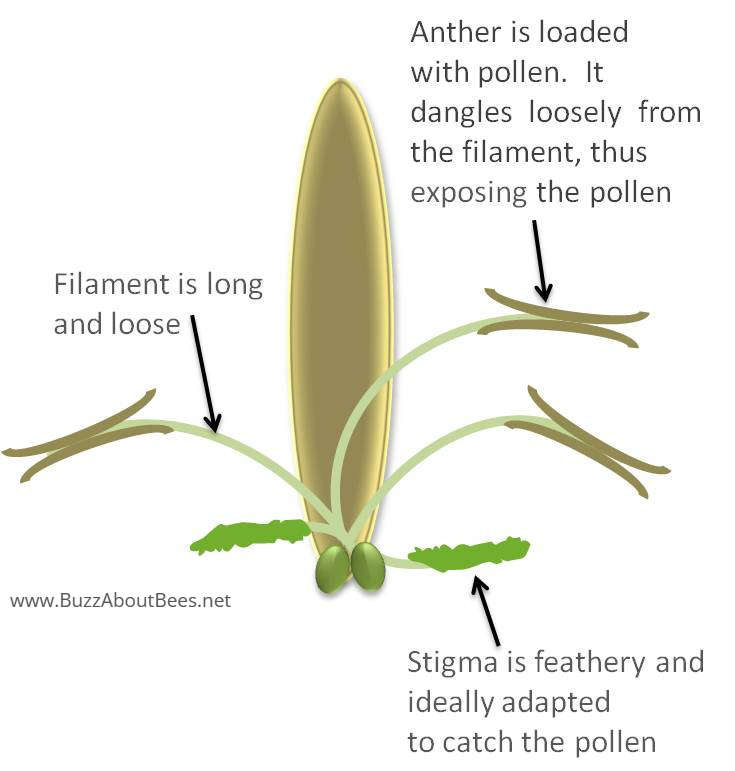
You may find it helpful to open another window: an explanation with diagram about the pollination process.
What is the difference between wind and insect pollinated plants?
Here are 5 key differences between insect and wind pollinated plants:
- Unlike insect pollinated plants, wind pollinated plants are not scented, because there is no need to attract insects with scent.
- Unlike insect pollinated plants, wind pollinated plants offer no nectar (nectar along with pollen, is an important food reward for bees and other pollinating insects).
- Wind pollinated plants have small, inconspicuous or dull petals - there is no need to attract insects with bright colors.
- Wind pollinated plants produce a lot of pollen to increase the chances of
pollination. It is also very, very light in texture, so that it is
easily blown on the wind currents.
- Pollen
produced by wind pollinated plants is of very low nutritional benefit to insects. It has low protein content, and usually will only be gathered by them
when other pollen sources are scarce.
 Wheat is wind pollinated.
Wheat is wind pollinated.How are plants adapted for wind pollination?
What are some of the important physical characteristics of wind pollinated flowers?
Two important physical characteristics of wind pollinated flowers:
- Male part of the flowers (anther and filament - which together are
called the 'stamen') are designed to expose pollen to the wind so that pollen can easily be blown by air currents.
How?
The filaments are often long (or at least dangly), with anthers dangling on the end, thus exposing the pollen to the air currents. - Female parts of flowers (stigma) are long and feathery, and so they are ideally designed to capture the pollen as it is blown on the currents. Take another look at the diagram also featured at the top of the page:
List of wind pollinated plants
Wind pollinated plants include:
- wheat
- rice
- corn
- rye
- barley
- oats.
Many important trees are also wind-pollinated.
These include:
- pines
- spruces
- firs.
So in summary...
Wind pollinated plants are adapted to ensure that grains of pollen can easily be carried by the wind from male to female parts of flowers, to ensure fertilization can take place.
Interesting facts about wind pollinated plants
- The pollen of this plant group of plants is most frequently associated with symptoms of
hayfever among those sensitive to pollens.
- Wind pollinated plants are very important, and are used to make
a huge proportion of the staple foods we eat, such as bread, pastry for
pies, cornflakes and so on.
However, they are greatly enhanced by products pollinated by insects, such as the fruit that is used in preserves for your bread, the fruit that fills the pies, muffins and so on. - Because the pollen is so light, it is possible that it can be picked up by passing insects like bees. As
bees fly through the air, their bodies become positively charged with static
electricity.
Pollen in the air can thus stick to the furry coat of the bee (see Do Bees Have Sticky Hair?), but unless the bee lands on a female part of the the same flower species, this doesn't help the plant.
Pollination
Go to main links, including insect and bee pollination.
Plant pollination
Discover more about plant pollination, with a diagram of the process.
Flower Pollination and pollination syndromes
How are plants adapted to encourage visits from their target pollinators.
